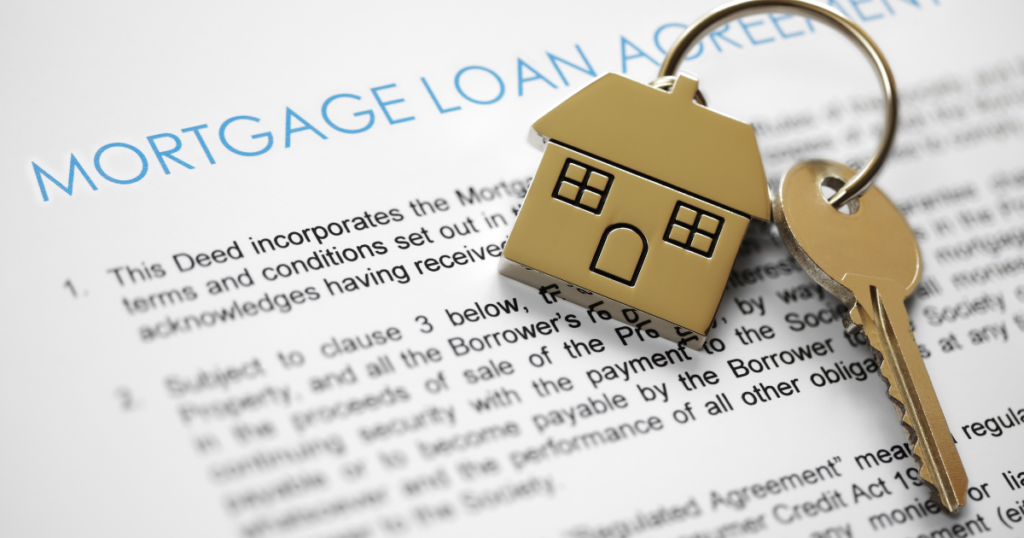One area that many homebuyers may overlook is earnestly shopping around for the best mortgage loan. Buying a home is one of the largest purchases most people will make during their lifetimes and comparing products and characteristics of a home mortgage is vital. It could end up saving you thousands of dollars over the life of the loan and home. Below are several criteria to keep in mind in order to get the very best deal.
CREDIT – CREDIT – CREDIT
If there’s one area of your financial life that has the greatest impact on what kind of mortgage loan and rates you qualify for, it’s your personal credit score and history. Your credit score has a huge impact on what kind of mortgage rate you qualify for. A low score could mean higher interest rates and thereby higher overall mortgage payments. Tarnished credit, high debt-to-income ratios, and a bad history of repayment could also be a red flag to your mortgage lender.
Lenders will use your credit reports and scores as important factors in determining whether you qualify for a loan, and what interest rate to offer you. However, it is important that you have a good understanding of your own credit before you begin the home buying process. It’s free to check your own score and knowing what you may find in your history ahead of a mortgage lender could prove helpful. Your credit report contains all the information used to calculate your credit score, a three-digit number between 300 and 850 that gives lenders an objective assessment of your credit risk. The higher your credit score, the better.
If you do have a bad credit history or a lower-than-preferred score, it’s not too late to try to rebuild or repair the number. While it may not happen overnight, actions like creating a budget in order to reduce debt, keeping credit card balances low, being selective about which types of credit cards you have, making more than required minimum payments, and paying early or setting up auto payment could all help to improve your overall score.
SHOP – SHOP – SHOP
Once you have established a good credit score and have a better idea of what kind of mortgage loan and rates you can qualify for, next it’s time to shop. While you may think of shopping for the actual home as the next right step, it’s actually still further down the list of priorities.
With an accurate representation of what your credit score can mean for your home-buying prospects, the next step is to shop for mortgage lenders, types of loans, as well as gain an understanding of the difference between pre-qualification and pre-approval. One of the easiest ways to compare mortgage lenders is to research online. Sites like NerdWallet can offer unbiased input on the pros and cons of a variety of lenders as well as give side-by-side comparisons for information like minimum credit scores and minimum down payment percentages required.
For pre-qualification, lenders can determine how much mortgage you’ll likely qualify for and give details for preliminary terms on a loan. This is the stage where providing details like the purchase price of a home, estimated down payment amounts, your other monthly debts, and how the terms of your loan (length, fixed- or adjustable-rate interest, for example) can predict with greater accuracy what you can afford. With pre-approval, this process becomes formalized as you begin to supply documents of proof to complete a full loan application.
Finally, now that you are armed with all of the most vital financial information, you are ready to begin your home search. Knowing how much house you can comfortably afford and the terms of how much your mortgage loan will cost you monthly and in the long run will prepare you for the most informed decision possible. Keeping these steps in the proper order will allow you to wisely and confidently buy the home of your dreams.



